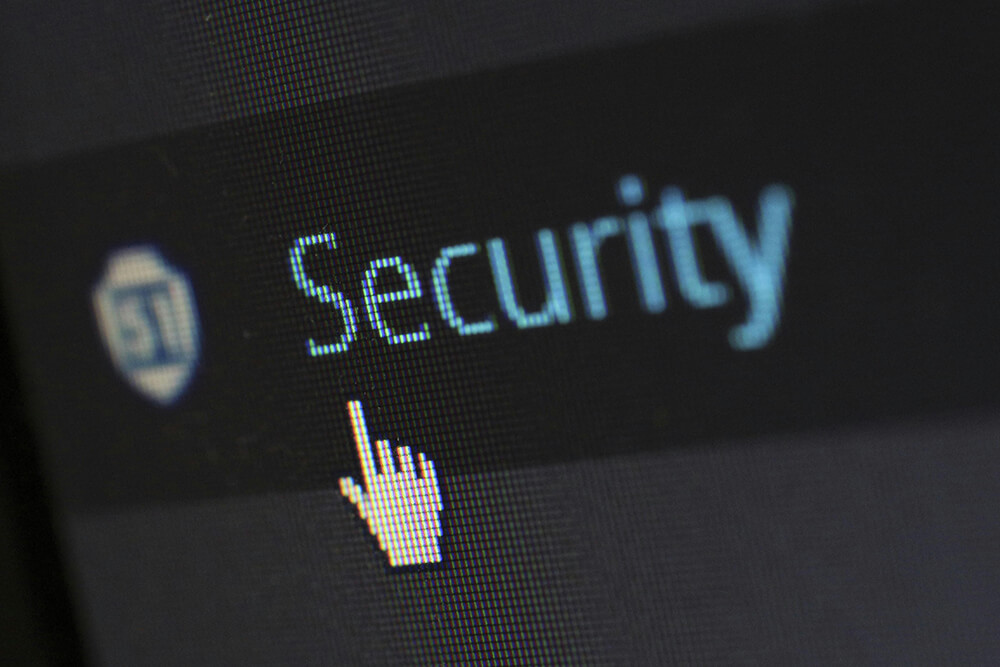In an increasingly complex threat environment, organizations must take a proactive and layered approach to security. A comprehensive security plan is not a one-size-fits-all checklist it is a strategic framework tailored to the unique risks, assets, and operations of a business or facility. Whether protecting physical property, digital infrastructure, or personnel, an effective plan integrates multiple components that work together to deter threats, detect incidents, and respond efficiently.
The following four elements are essential to building a security strategy that is both resilient and adaptable.
Risk Assessment and Vulnerability Analysis:
The foundation of any security plan begins with a thorough risk assessment. This process identifies potential threats, evaluates existing vulnerabilities, and prioritizes areas of concern based on likelihood and impact. A well-executed assessment considers both internal and external risks, including theft, vandalism, cyberattacks, natural disasters, and workplace violence.

(Image Credits Pixels)
Site-specific factors such as location, building layout, access points, and operational hours all influence the risk profile. Additionally, the assessment should account for the value and sensitivity of assets, from proprietary data to physical inventory. By understanding where weaknesses exist, organizations can allocate resources more effectively and implement targeted solutions that address their most pressing security needs.
Physical Security and Access Control:
Physical security remains a critical layer of protection for any organization. It encompasses the infrastructure, tools, and procedures designed to prevent unauthorized access and safeguard people and property. Key elements include perimeter fencing, secure entry points, lighting, locks, and surveillance.
Modern commercial security systems play a central role in this area. These systems often integrate video surveillance, intrusion detection, and access control into a unified platform. Features such as motion sensors, keycard entry, and remote monitoring provide real-time visibility and control over who enters and exits a facility. When properly configured, these systems not only deter criminal activity but also support investigations and compliance efforts by maintaining detailed logs and video evidence.
Personnel Training and Security Protocols:
Even the most advanced technology cannot replace the importance of well-trained personnel. Employees are often the first line of defense in identifying suspicious behavior, responding to emergencies, and maintaining a secure environment. A comprehensive security plan includes clear protocols for daily operations, emergency response, and incident reporting.
Training should be tailored to the roles and responsibilities of staff members. For example, front desk personnel may need instruction on visitor screening procedures, while IT staff should be equipped to recognize and respond to cybersecurity threats. Regular drills and refresher courses help reinforce best practices and ensure that employees remain confident and prepared in high-pressure situations. A culture of security awareness, supported by leadership, is essential to sustaining long-term vigilance.
Incident Response and Recovery Planning:
Despite best efforts, no security plan can guarantee complete prevention. That’s why a robust incident response and recovery strategy is vital. This component outlines how the organization will respond to various scenarios, from data breaches and physical intrusions to natural disasters and internal misconduct.
An effective response plan includes predefined roles, communication protocols, and escalation procedures. It should also address business continuity, ensuring that critical operations can resume quickly after an incident. Post-incident analysis is equally important, as it provides insights into what went wrong, what worked well, and how future responses can be improved. By preparing for the unexpected, organizations can minimize disruption, protect their reputation, and recover more efficiently.
Conclusion:
A comprehensive security plan is a dynamic, multi-layered strategy that evolves with the needs of the organization and the nature of emerging threats. By focusing on risk assessment, physical security, personnel training, and incident response, businesses can create a resilient framework that protects their people, property, and operations. These components work together to form a cohesive defense system. One that not only deters threats but also empowers organizations to respond with confidence and clarity when challenges arise.


